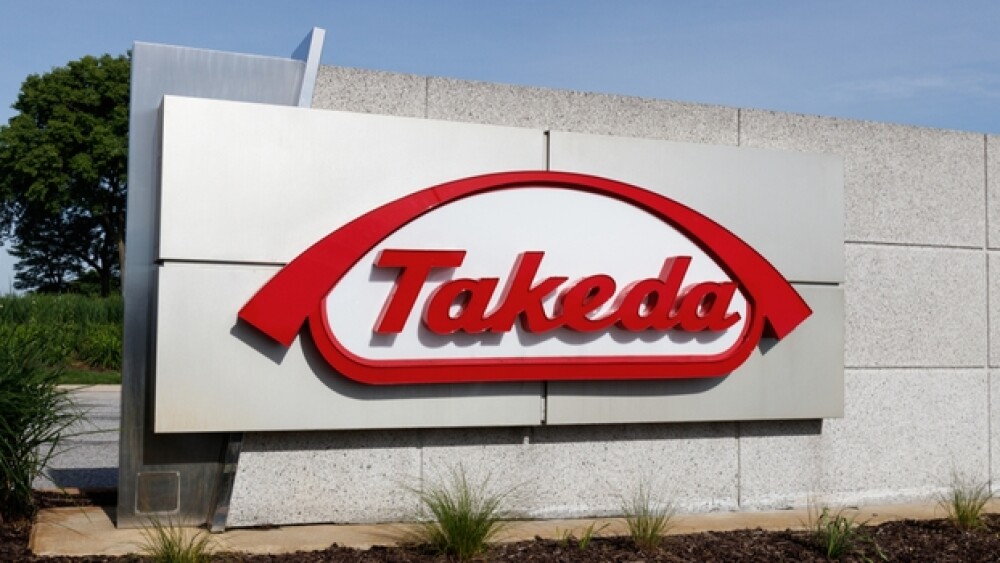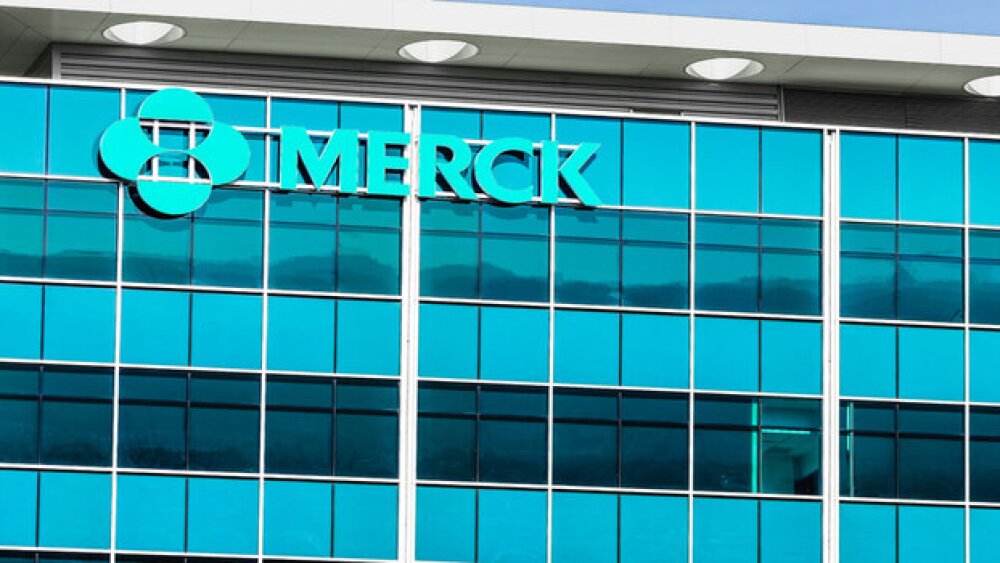The Japanese pharma giant is aiming for double-digit revenue growth of its Growth and Emerging Markets Business Unit (GEM BU) by 2030. Here’s how they plan to do it.
Jonathan Weiss/Shutterstock
Takeda has big plans for this decade. The Japanese pharma giant is aiming for double-digit revenue growth of its Growth and Emerging Markets Business Unit (GEM BU) by 2030. Here’s how they plan to do it.
With a big focus on growing globally, the GEM BU team is targeting expansion in high-growth markets such as Brazil, China and India. These vast geographical areas are home to around 6.5 billion who suffer from unmet patient needs across key therapy areas. Takeda hopes to achieve a “globally-aligned ‘access-first’ strategy.”
China is expected be a particularly significant growth opportunity for Takeda with anticipation to grow at a compounded rate over 20% throughout the next five years.
“Emerging Markets will be a key source of revenue and momentum for Takeda over the next decade, with a strategy aligned to our global innovation focus,” said Costa Saroukos, Takeda chief financial officer. “Through targeted investments in the portfolio and key markets, we expect growth of the GEM BU to outpace the market for specialized, innovative treatments, as we expand our 14 global brands and launch our Wave 1 pipeline assets in the region.”
The company is expecting to add more transformative therapies to its current Wave 1 pipeline assets. Takeda’s dengue vaccine candidate is hopeful to be a significant driver as the targeted growth regions see the brunt of the 390 million cases of infection each year.
Takeda has already shot out the gate advancing its immune-oncology portfolio with the acquisition of Maverick Therapeutics, an immunotherapy pioneer it has been helping to build since its inception. The deal has the potential worth of up to $525 million for Maverick and cashes in early on a five-year agreement the companies struck in 2017.
Maverick’s COBRA platform shows promise for solid tumors, a perfect addition to Takeda’s growing immunity pipeline. Lead candidate TAK-186 is a first-in-class conditionally active T-cell engager and has already entered the clinic in a Phase I/II study for the treatment of EGFR-expressing solid tumor found in head and neck cancers.
A second Maverick drug candidate targeting prostate cancer solid tumors is expected to head to the clinic later this year.
Takeda has found promise in other partnerships as well. Since launching Myovant Sciences with Roivant Sciences in 2016, the collaboration saw the approval of relugolix for prostate cancer, and now is further developing the drug for endometriosis and uterine fibroids in women. Takeda granted most of the commercialization rights to Myovant but holds the rights in Japan and some other Asian countries.
Cambridge-based Moderna also turned to Takeda when in need of an ally in Japan. Takeda submitted the NDA for Moderna’s COVID-19 vaccine for approval in Japan. Once approved, the company will distribute 50 million doses of Moderna’s two-dose vaccine to the country in the first half of 2021. Takeda is also conducting a Phase I/II trial of the vaccine in adults 20 years old and up, already underway.






